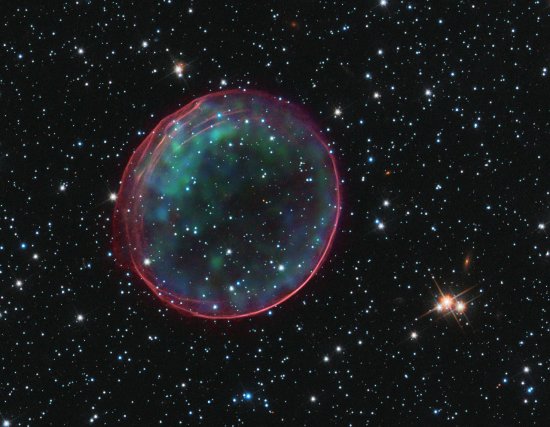Cassini Spots Potential Ice Volcano on Saturn Moon
Scientists have used data from Cassini to identify what they think are ice volcanoes on Titan. The two volcanoes, each about 3000 feet high, are located near the equator and appear to resemble the volcanoes on Earth, with a central crater on top of cone-like peak and finger-like flows coming down the sides from the crater. The lava here, however, is not molten rock, but water.
Scientists have used data from Cassini to identify what they think are ice volcanoes on Titan. The two volcanoes, each about 3000 feet high, are located near the equator and appear to resemble the volcanoes on Earth, with a central crater on top of cone-like peak and finger-like flows coming down the sides from the crater. The lava here, however, is not molten rock, but water.

